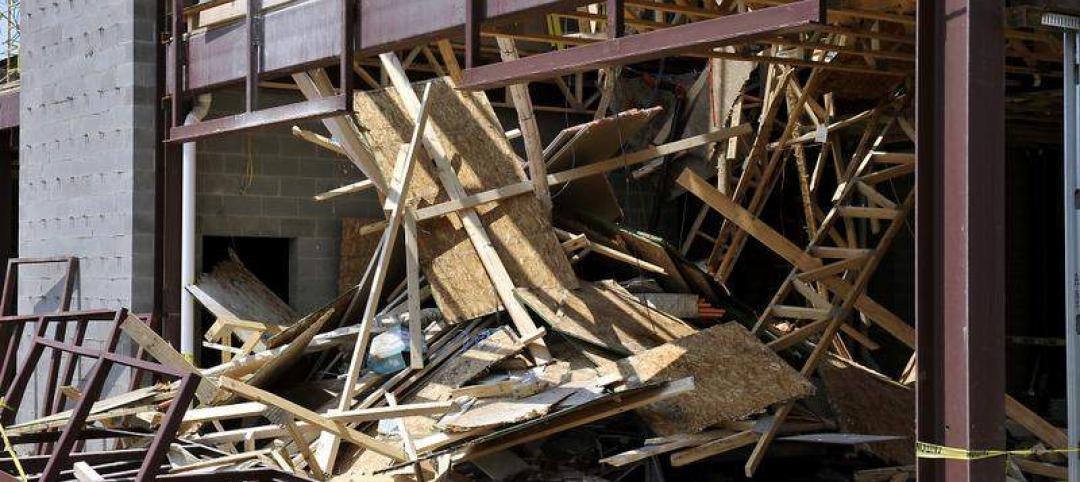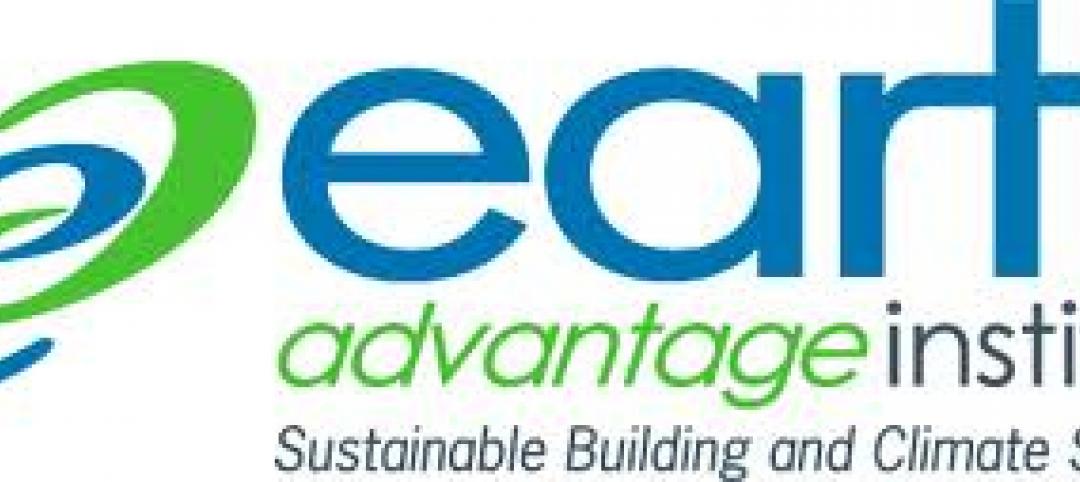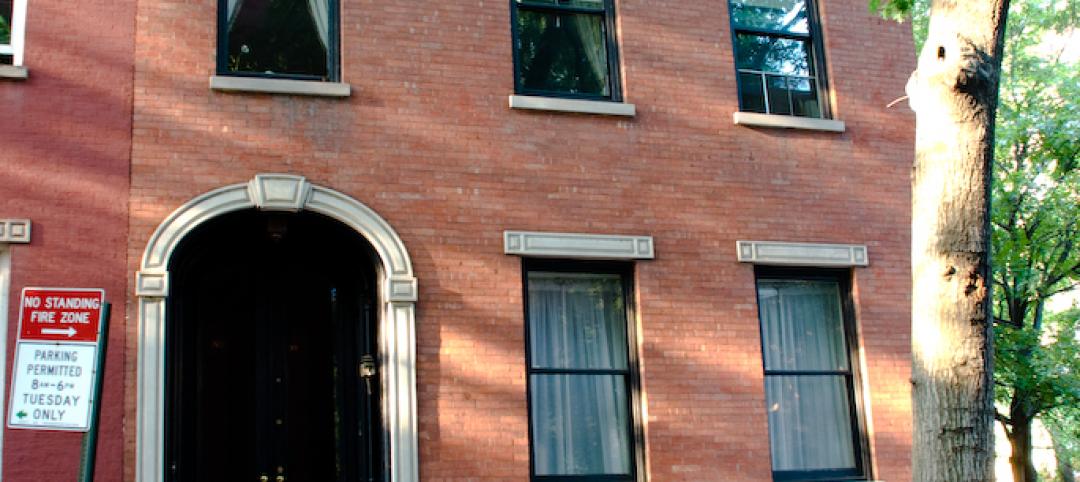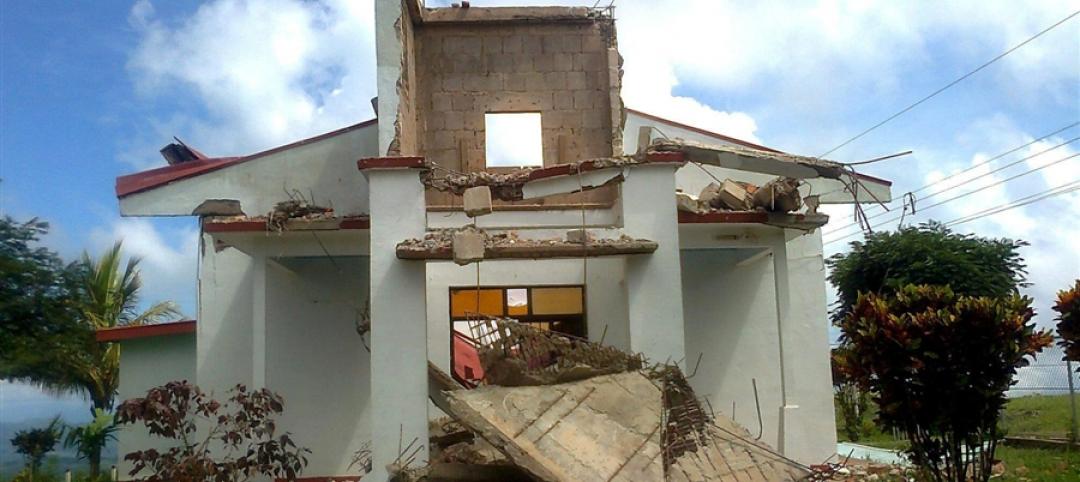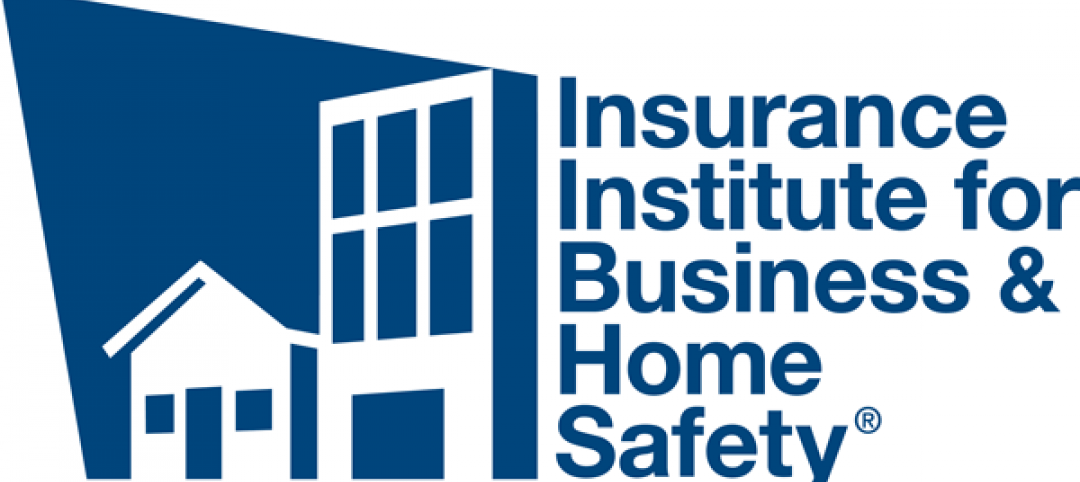The Center for Green Schools at the U.S. Green Building Council released a series of fact sheets with strategies for improving indoor air quality (IAQ) in schools.
The documents are designed to help people without a technical background, including school board members, teachers, and parents, to understand details about IAQ so that they can make better-informed decisions for their schools. Schools across the country are debating important public health measures to help curb the spread of COVID-19, with indoor air quality measures offering a non-controversial way to increase protection for everyone in schools, according to a USGBC news release.
“In response to feedback from teachers, parents, school board members, and others about the confusing messages they’re getting about indoor air quality strategies, the Center for Green Schools brought together dozens of experts to create simple straightforward resources about the most pressing topics,” the release says. “Studies have shown that good indoor air quality and proper ventilation in schools can improve the health of students, teachers and staff, potentially decreasing sick days and also improve student learning.”
The Center earlier this year released survey results from school districts across the country about their implementation of air quality measures during the pandemic. The survey found that most schools have acted to address air quality, but have struggled with outdated infrastructure and high costs.
Related Stories
| Sep 20, 2012
Smithtown, N.Y. considers bigger fines for building code violations
After a Suffolk County grand jury recommended stiffer fines for illegal demolitions, Smithtown, NY officials are weighing tougher penalties for developers who violate the town building code.
| Sep 20, 2012
AGC awarded federal grant to provide fall-protection safety program
The Associated General Contractors of America will continue to provide fall protection safety training next year after being awarded a federal safety grant.
| Sep 20, 2012
East Lansing officials accused of ignoring unauthorized project that led to partial building collapse
The unauthorized construction of a fifth-floor penthouse on a downtown East Lansing, Mich. mixed-use development led to a partial building collapse earlier this year.
| Sep 20, 2012
Reflective roofs could reduce rainfall in Arizona
Green standards may have to take into account the impact of reflective roofs on rainfall in the desert Southwest.
| Sep 20, 2012
Earth Advantage Institute offers green certification for small commercial buildings
Earth Advantage Institute announced a new green building certification aimed at new or substantially remodeled small commercial buildings built to green standards.
| Sep 14, 2012
To create more pedestrian-friendly neighborhoods, Chicago unveils safety plan
As more urban mixed-use and residential developments aim to encourage residents to walk and use mass transit, cities are addressing pedestrian safety.
| Sep 14, 2012
Worker killed in Brooklyn building collapse; overloaded floor decking blamed
One worker was killed after he and others plunged 40 feet through an unfinished upscale Brooklyn townhouse building.
| Sep 14, 2012
NRCA University offers photovoltaic class
NRCA University will offer a class called “Photovoltaic Roof Systems: Energizing Your Business” Oct. 16 in Philadelphia.
| Sep 14, 2012
Costa Rica’s strict building codes prevent major damage in powerful quake
The relatively little damage from a 7.6 earthquake was due in large part to strict building codes in Costa Rica, a country that has long enjoyed more stability, better governance, and stronger economic development than many of its Central American neighbors.
| Sep 14, 2012
Building codes should require continuous connection from roof to foundation, says IBHS chief
“One of the most effective ways to greatly increase a building’s strength and safety during hurricanes, tornadoes and straight-line windstorms is to be sure the building is tied together properly,” says Julie Rochman, president and CEO of the Insurance Institute for Business & Home Safety (IBHS).





